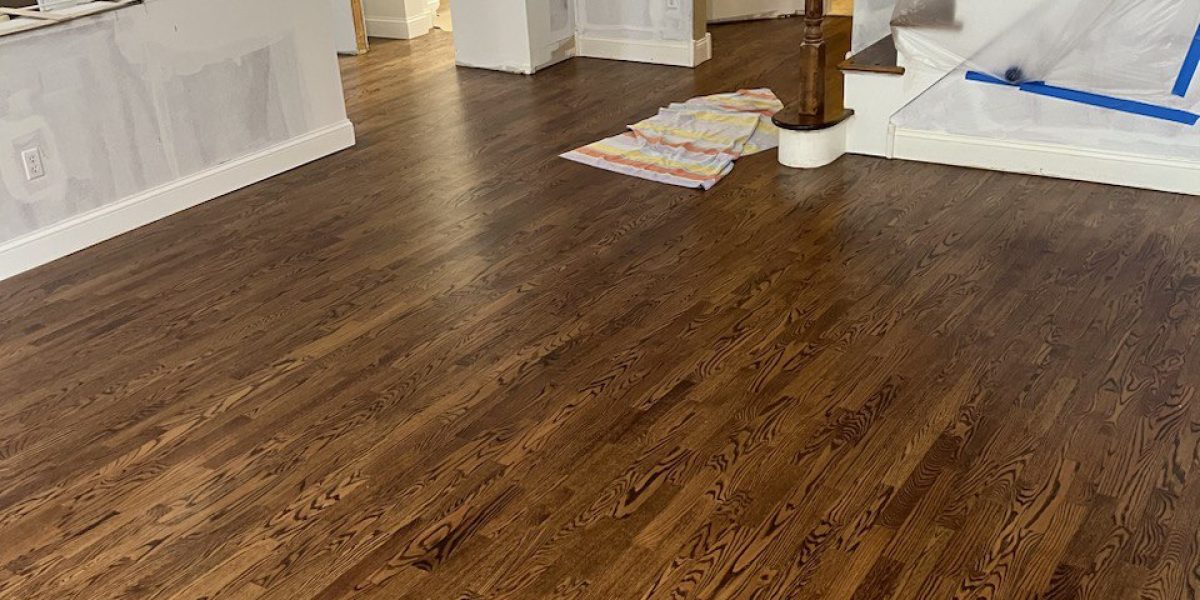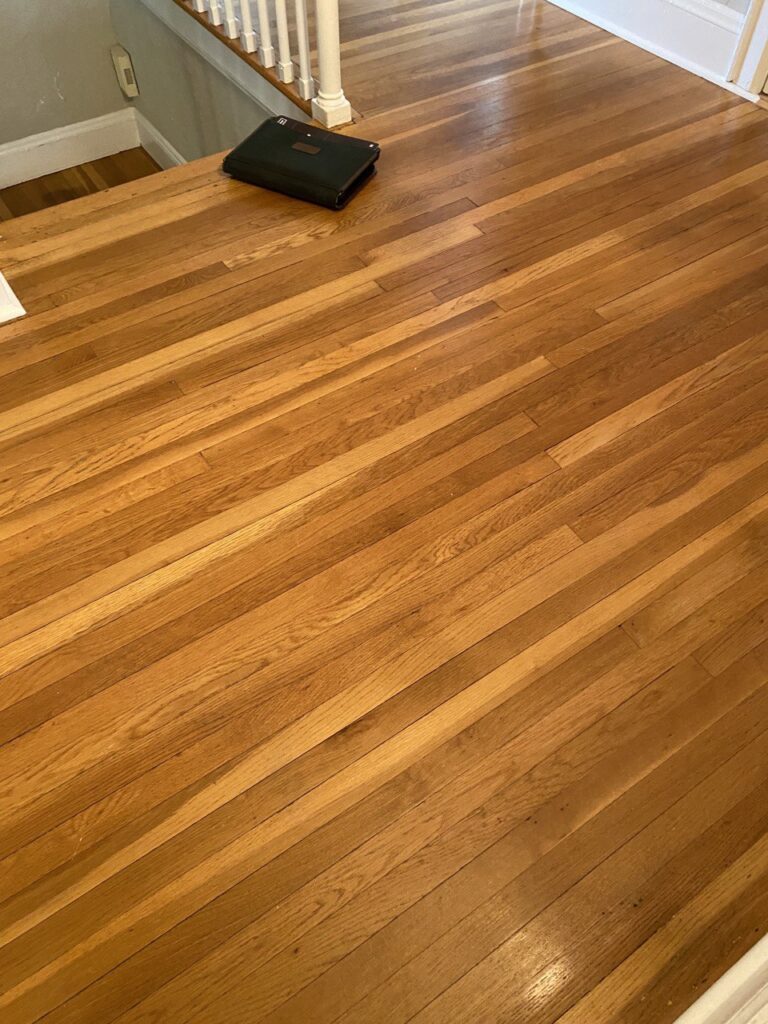Wood floor repairs can range from simple fixes to complex restoration projects. Knowing when to tackle repairs yourself and when to call a professional can save you time and money. Here’s a guide to help you decide.
1. When to DIY
Minor Scratches and Dents
Minor scratches and dents can often be repaired with DIY methods. Use a wood filler or touch-up kit to address these small imperfections.
Loose or Creaking Boards
If a board is loose or creaking, you may be able to fix it by tightening screws or adding shims. This is a manageable task for most homeowners with basic tools.
Stain and Finish Touch-Ups
Small areas of wear on the stain or finish can be touched up using stain pens or matching finish. Follow the manufacturer’s instructions for best results.
2. When to Call a Professional
Extensive Water Damage
If your wood floors have extensive water damage, including warping or mold, it’s best to call a professional. Water damage often requires specialized equipment and expertise to repair properly.
Structural Issues
Structural issues, such as significant buckling or foundational problems, need professional assessment and repair. These issues often involve more complex solutions that require expert knowledge.
Large-Scale Repairs
For large-scale floor repairs or refinishing, hiring a professional ensures the job is done correctly and efficiently. Professionals have the tools and experience to handle complex repairs and achieve a seamless finish.

3. Choosing a Professional for Repairs
Check Experience and Reviews
Look for professionals with experience in wood floor repairs and read customer reviews to gauge their reputation and quality of work.
Obtain Quotes
Get quotes from multiple professionals for the repair work. Compare the quotes and ensure that the scope of work and costs are clearly outlined.
Wood floor repairs can often be tackled DIY for minor issues, but professional help is recommended for extensive damage, structural problems, or large-scale repairs. Knowing when to call a pro ensures that your wood floors are restored to their optimal condition.

